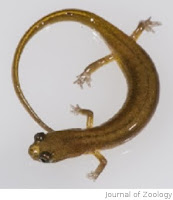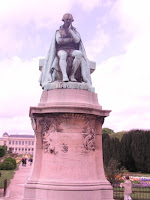The origin of malaria
Here's a interesting bit from PNAS a couple weeks ago: One of the mysteries of creation is the origin of natural evil. We know that some of it came directly from the Curse (e.g., weeds), some probably from degradation of an initially perfect condition, and some from what I've called redesign - the needed re-configuring of creation and ecology to accommodate animal death. In the latest Answers magazine , Joe Francis distinguishes three possible origins of natural evil: modification, uncontrolled growth, and displacement - the movement of creatures or substances out of their intended environment, which can cause pathology. It would be nice if examples of natural evil followed one model of origin or another, but sometimes, it gets complicated. The Plasmodium genus is one such complicated case. Plasmodium parasites need to get inside eukaryotic cells in order to complete their life cycles. If they would just do their business quietly, it would probably be no big deal, but ...


